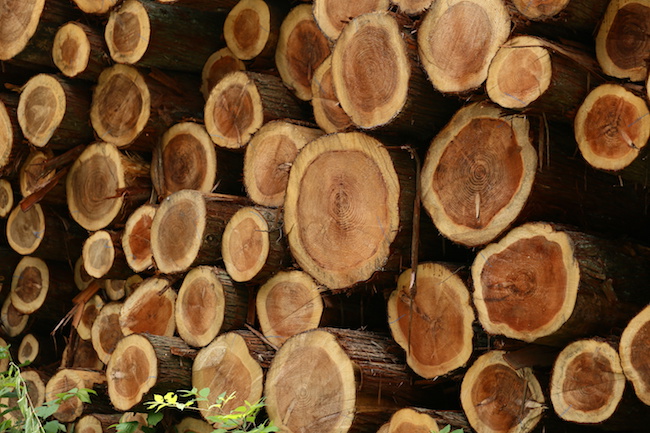
By providing shade from the heat of the sun, giving us wood products, and turning carbon dioxide into oxygen, trees play an important role in our society and the Earth’s ecosystem. From the beginning of history, we have relied on trees of various types to meet our needs. Much can be learned about a species of tree and its environment by discovering its age, and researchers employ several methods to date trees.
Tree-Ring Dating
The most common, most accurate way to find the age of a tree is to count the number of rings visible when their trunk is cut horizontally. Each year, most trees add an extra layer of growth to their trunks. Over time, their trunks get thicker and thicker. As the tree gets older, the inside of the trunk looks like it is made up of a series of circles. The center of these circles, or the absolute core of the tree, is known as the pith. Since each ring corresponds to roughly one year of growth, making it possible to get a highly accurate estimate of a tree’s age. This use of tree-ring dating to find the age of a tree is also known as dendrochronology. Researchers can also learn about what a tree endured during a particular year by the condition of the ring they are studying.
Counting the Rings
There are two possible ways to access the rings of a tree so that they can be counted. First, one may simply cut down the tree itself. Of course, this will kill the tree, so it is not recommended as a method for tree dating unless the tree is already dead or if there is no other way of accessing the information. The second method of accessing the rings of a tree for counting is to take a core sample of the tree trunk. To take a sample, researchers use a tool called an increment borer that takes only a portion of the trunk measured from the pith to the bark of the tree. This method of sampling is less harmful to the tree, but taking part of the tree core does run the risk of injuring the tree. Pests, the natural elements, and other things can also invade the core of the tree after a core sample is taken and harm the trunk. Taking core samples at a point in the year where pests and rain are less likely to be present can help lessen some of this risk. Once the core sample is obtained, the tree’s age is determined by counting the number of rings evident in the sample.
Dating Trees without Rings & Different Methods of Dating
The tree-ring dating method works well for most trees; however, it cannot be used to find the age of all trees. That is because some trees don’t have rings or they have rings that are very hard to discern from a trunk cross section or sample. Trees that cannot be dated using the tree-ring method include some species of palm trees, as well as certain trees that grow in desert conditions. These types of trees are known as monocots, and their age is determined mainly by comparing them with other plants. For example, a palm tree can be compared with another tree whose age is known in order to get an estimate of the palm’s age. Radiocarbon dating has also proven useful in dating these trees.
Although cutting into and counting the rings of a tree is one of the best ways to determine its age, it is possible to get a good estimate of a tree’s age without cutting into it. First, measure the diameter of the tree at a point 54 inches from the ground. This can be done by wrapping a tape measure around the tree to find it’s circumference and then dividing that number by 3.14. Multiply the result by the growth factor for that tree species as given by the International Society of Arboriculture.
- What is Dendrochronology?
- Age of the Giant Sequoias
- Dendrochronology: What Tree Rings Tell Us About Past and Present
- Forest Academy: Annual Growth Rings
- Gymnosperm Database: How Old Is That Tree?
- Tree Species and Their Growth Factors
- How Old Is Your Tree?
- Royal Forestry Society: Tree Age
- Tree Coring
- Tree Growth Study
- Tree Rings: Methods of Ecosystem Analysis
- Tree Species Unsuitable for Tree-Ring Dating
- Tree Talk: Estimating Tree Age
- Treetures: Ringaling
- USDA: How Old Is This Tree?
